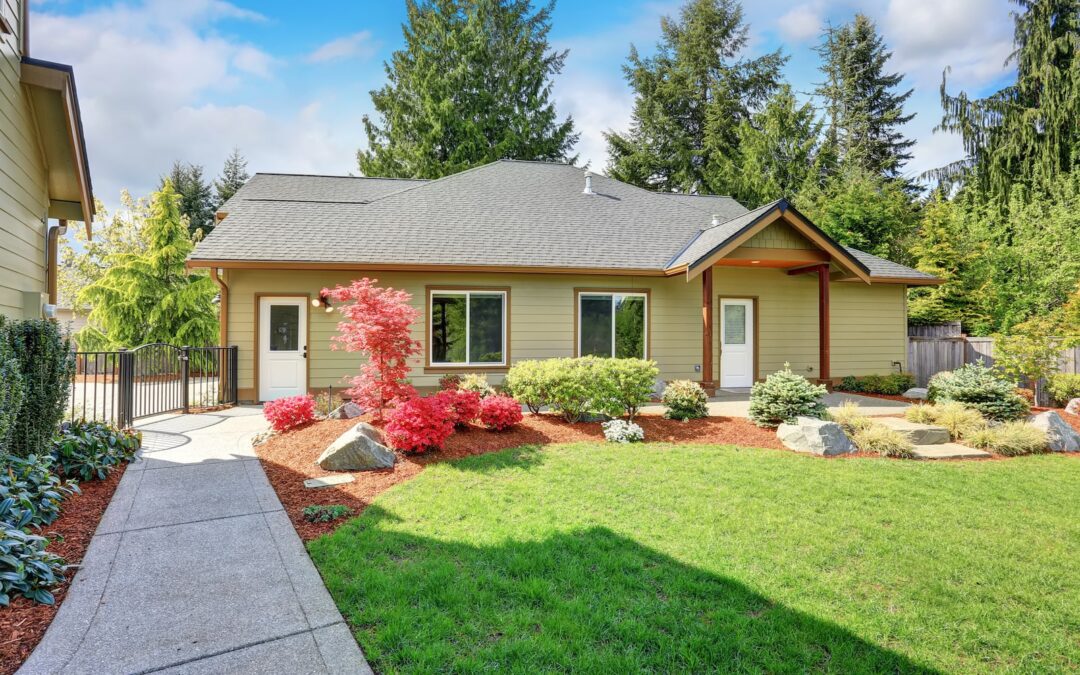Exterior Refinish—Paint vs. Solid Stain
You should refinish or repaint your exteriors every five to ten years. Even the toughest coat of paint will exhibit normal wear and tear after this period, beginning to flake and peel. Refinishing the surface with whatever material and technique you choose will improve the appearance of your house and protect your surfaces.
When you’re refinishing your home, you have a choice between using paint or solid stain. Here is a quick guide to the differences between the two materials and when to choose them.
What Is Paint?
Paint is a thick coat of material that sits on top of a substrate, or base material, such as wood or siding. For painting exteriors, you should use paint designed for this purpose as it is better at withstanding weather conditions that can erode paint.
What Is Solid Stain?
Solid stain is very similar to paint as it is a coat of material that sits on top of a substrate. While penetrating stains get absorbed by the material making up your exterior siding, solid stain just sits on top of it and functions just like paint. Solid stain is a pigmented coating for material, usually wood.
Main Differences
One of the main differences between the two is in their appearance. Paint comes in many finishes, while solid stain is only flat. Solid stain is more transparent than paint, which allows the texture and appearance of the underlying wood to shine through. The texture of solid stain is thinner, which means you sometimes need to add two coats instead of one.
The application methods are also different. For exterior paint refinishes, you need to prime the surface. You don’t need primer to apply solid stain, but you do need to remove any underlying paint layers because solid stain can’t stick to paint.
The way they function under wear and tear is also different. Paint forms a thicker barrier. Solid stain is more porous, which gives you more flexibility but less resistance to the weather. The porosity also means solid stain doesn’t peel with time, fading away instead for an attractive instead of haunted weathered look.
Main Similarities
Solid stain and paint actually function in a similar way. Both create a protective barrier between the material making up your exterior siding and the elements. Both can work without a top coat sealant, although additional layers are recommended for best practices. Both have pigmentation, which affects the color of your exteriors.
When to Use Solid Stain vs. Paint
For most people, using solid stain or paint comes down to preference. If you want a bright, smooth finish, use paint. If you want to let the substrate texture shine through, use solid stain.
You should also think about the effort involved in each process. If you already have paint on your exteriors, adding solid stain is going to be hard.
Solid stain is the better choice for fresh wood, while paint is better for older exteriors with a few layers of paint.

